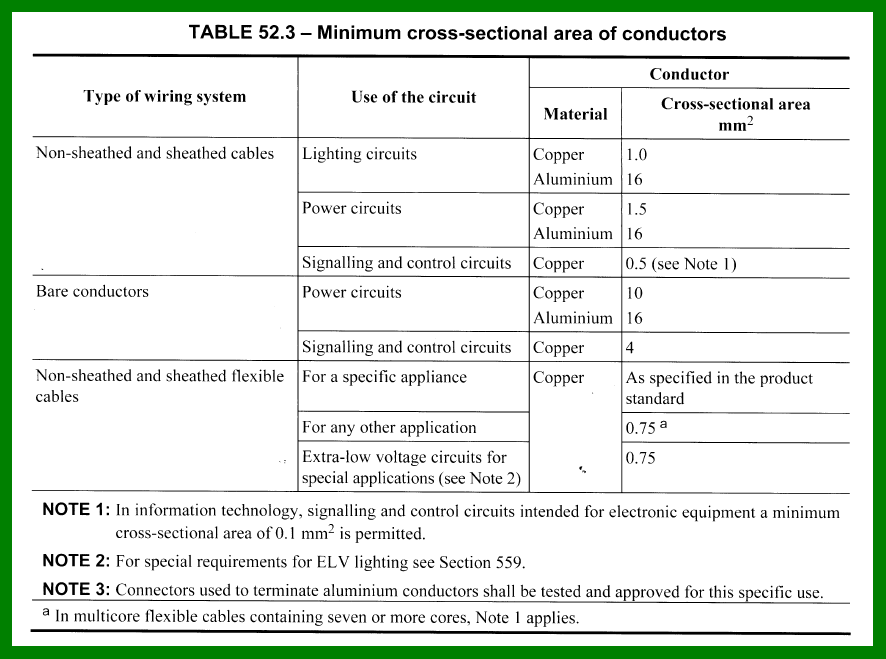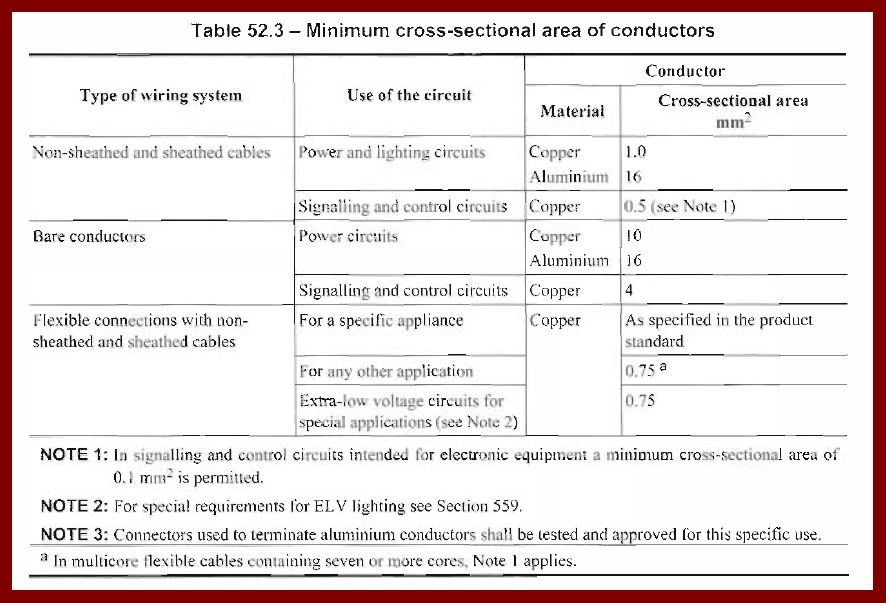Does that not mean that concealed (mechanical) joints in conduit are also not allowed, if that conduit is being used as a CPC?
No, they're permitted
Does that not mean that concealed (mechanical) joints in conduit are also not allowed, if that conduit is being used as a CPC?
If you say soNo, they're permittedDoes that not mean that concealed (mechanical) joints in conduit are also not allowed, if that conduit is being used as a CPC?

Nice steam-free kitchen then?Conduit is al indoors (in kitchen) so no real likelyhood of corrosion.
As I've said, that would be my personal preference, but I may well be in a minority.That said, I like belt and braces so might well see about squeezing in a dedicated earth cable too.

.."have not thought about" what? (the lack of a quote leaves me guessingPossibly, I have not thought about that. But IME, a cpc is run inside metal conduit anyway, to avoid the problem of high-resistance joints causing poor cpc continuity.


You didn't trust what I told you yesterday? - at least you presumably now believe me!Had to get the green regs out when I got to the office this morning

.."have not thought about" what? (the lack of a quote leaves me guessingPossibly, I have not thought about that. But IME, a cpc is run inside metal conduit anyway, to avoid the problem of high-resistance joints causing poor cpc continuity.). You seem to be saying exactly the same as me.
Kind Regards, John
I've often wondered that. I am inclined to suspect that, rather than having a 'reasoned' basis such as you suggest, it may well just be that the different ratios arise from the fact that, for whatever reason, they have decided that the minimum permitted CSA of aluminium conductors in any situation is 16mm². Having said that, to be talking about circuits with bare live conductors of any size, these Tables must have at least partially in mind installations very different from standard domestic or commercial ones - so I'm probably out of my depth!Why the massive difference in CSA between copper and aluminium. 16 to 1 in sheathed cable but only 1.6 to 1 in bare cables. ... I assume it is to do with the sheathing providing thermal insulation and aluminium's higher resistance creating more heating than copper would for the same current density. ( amps per mm ² )
You didn't trust what I told you yesterday? - at least you presumably now believe me!Had to get the green regs out when I got to the office this morning
Kind Regards, John
Fair enough - as you say, others might be interested. As for myself, I obviously did see it (both versions) 'in black and white' yesterday, since I was quoting from them for you!No, I just wanted to see it in black and white, and thought others might tooYou didn't trust what I told you yesterday? - at least you presumably now believe me!

Oh well - at least that will have given you a head start on getting used to the fact that it will never do that.the heating switches off after about 15 minutes (at which point the room has not actually warmed up at all).
If you need to find a tradesperson to get your job done, please try our local search below, or if you are doing it yourself you can find suppliers local to you.
Select the supplier or trade you require, enter your location to begin your search.
Are you a trade or supplier? You can create your listing free at DIYnot Local
